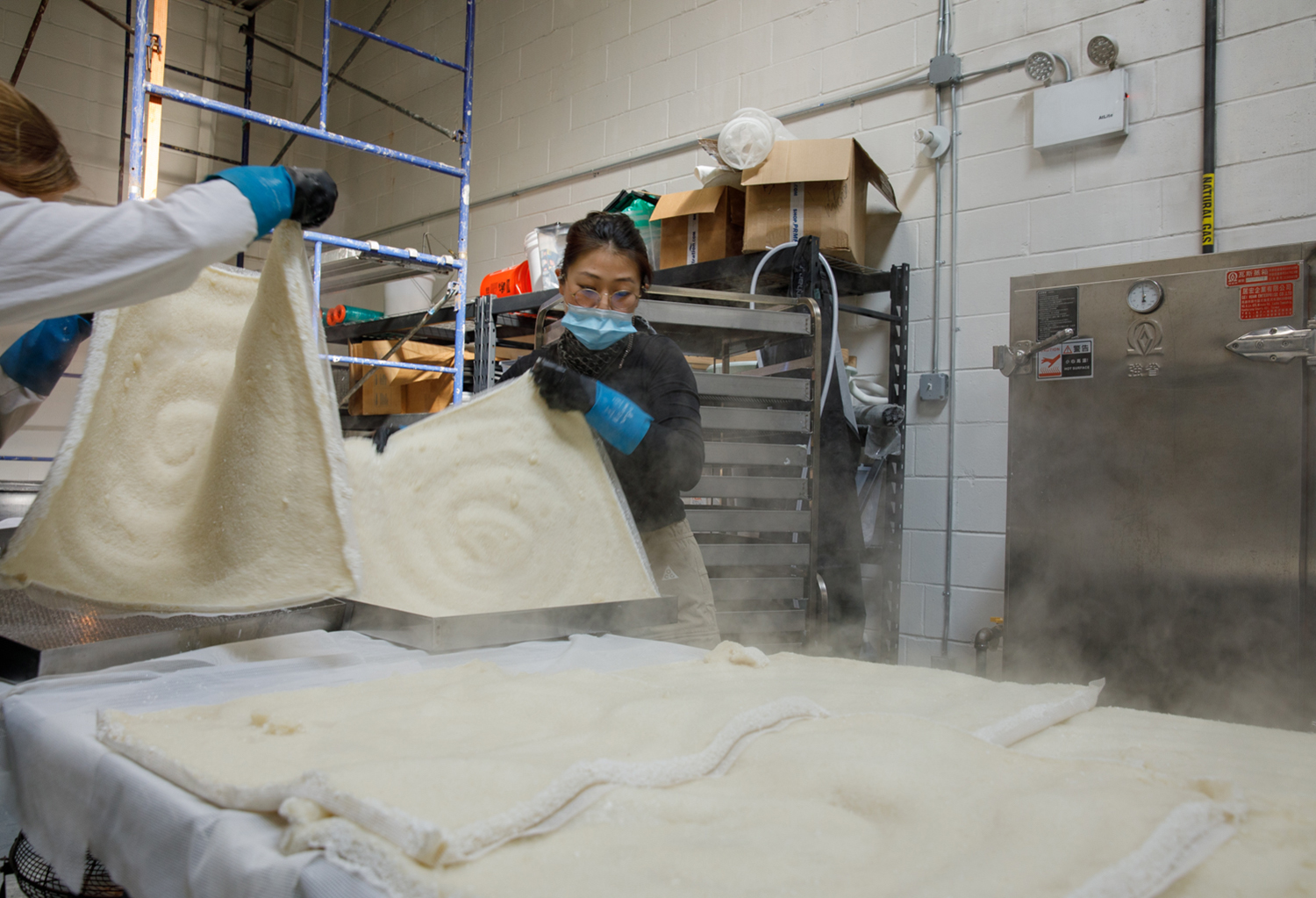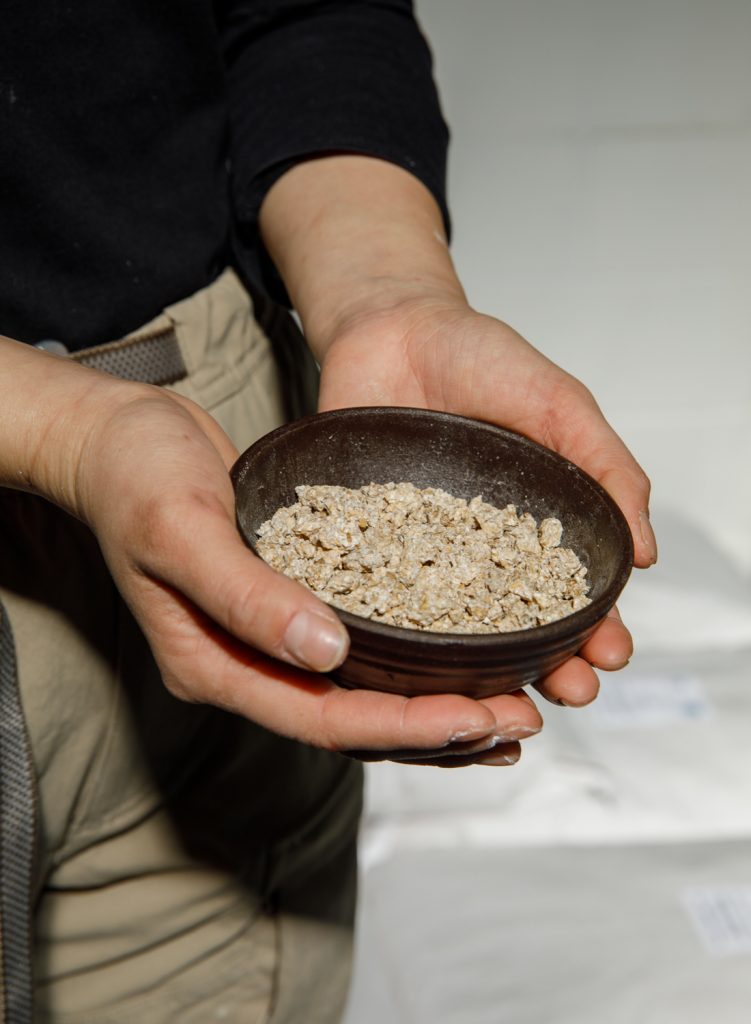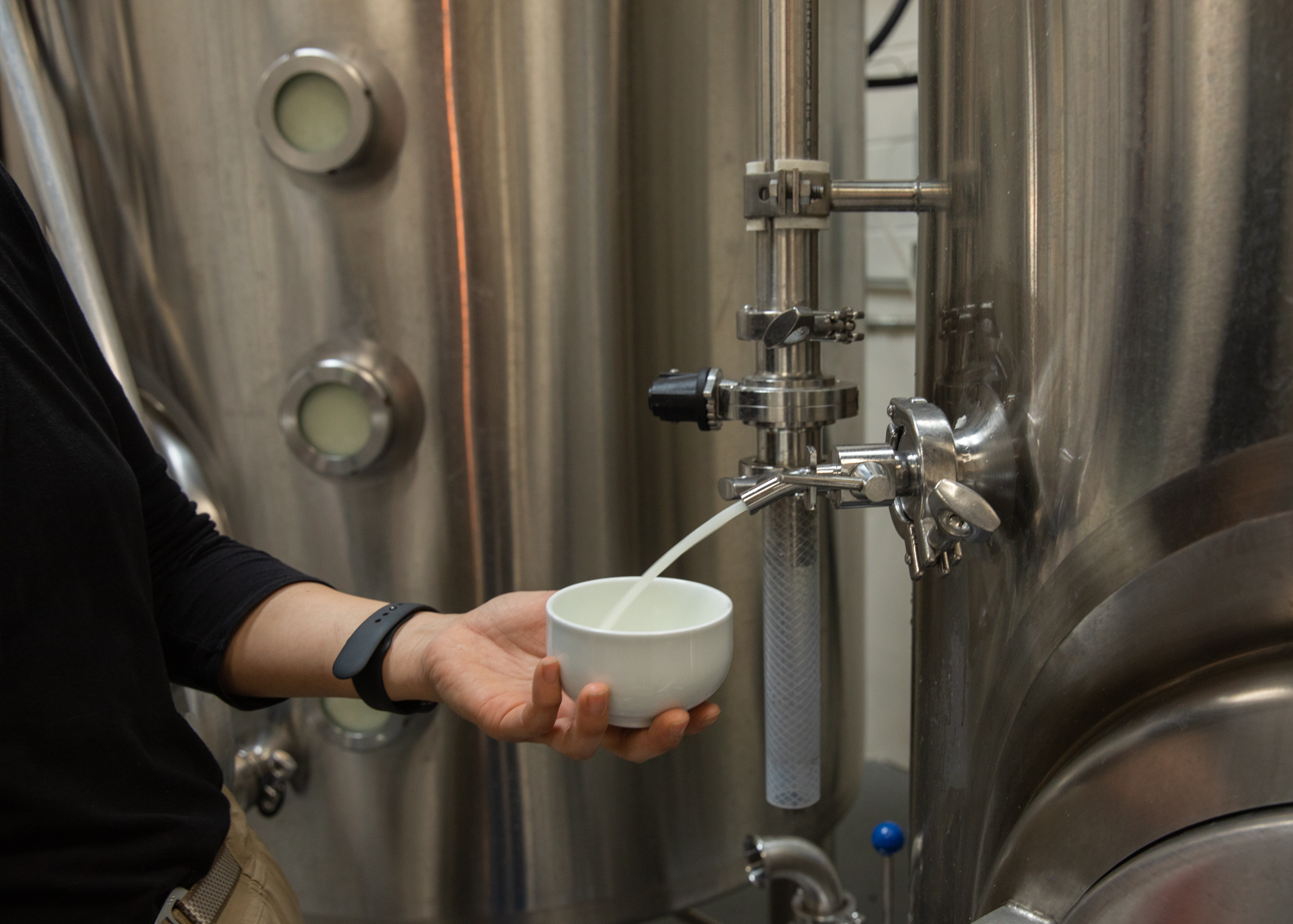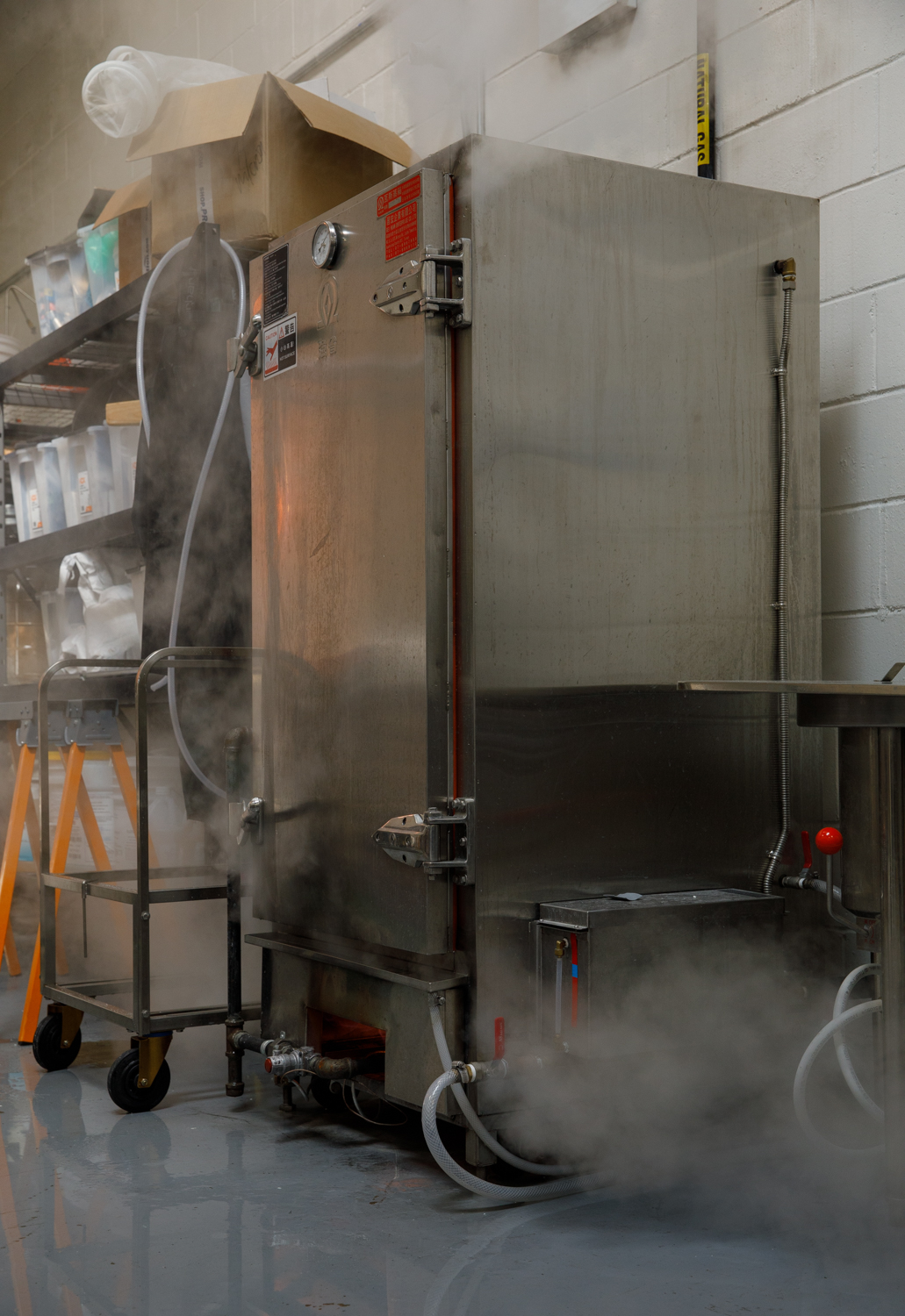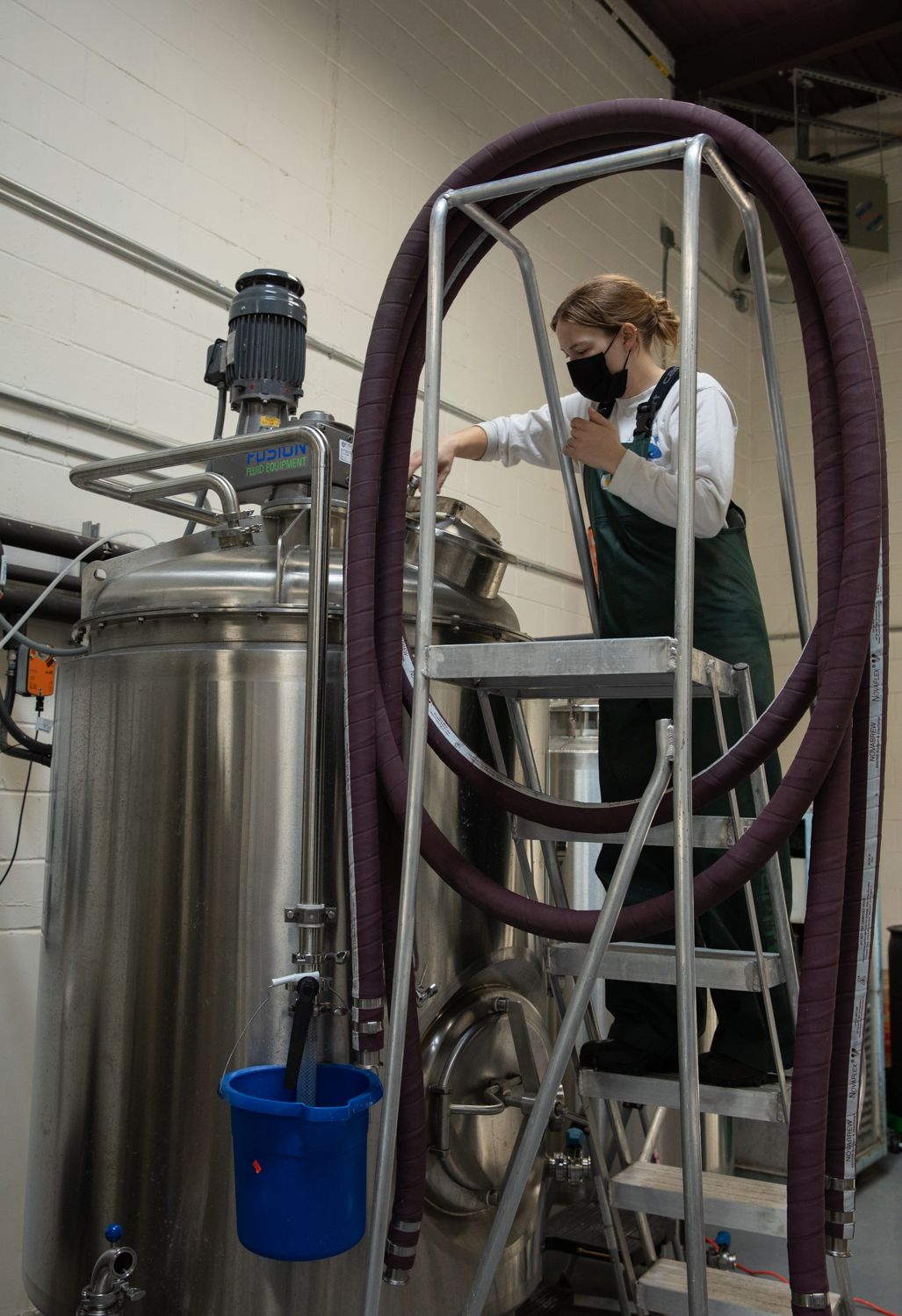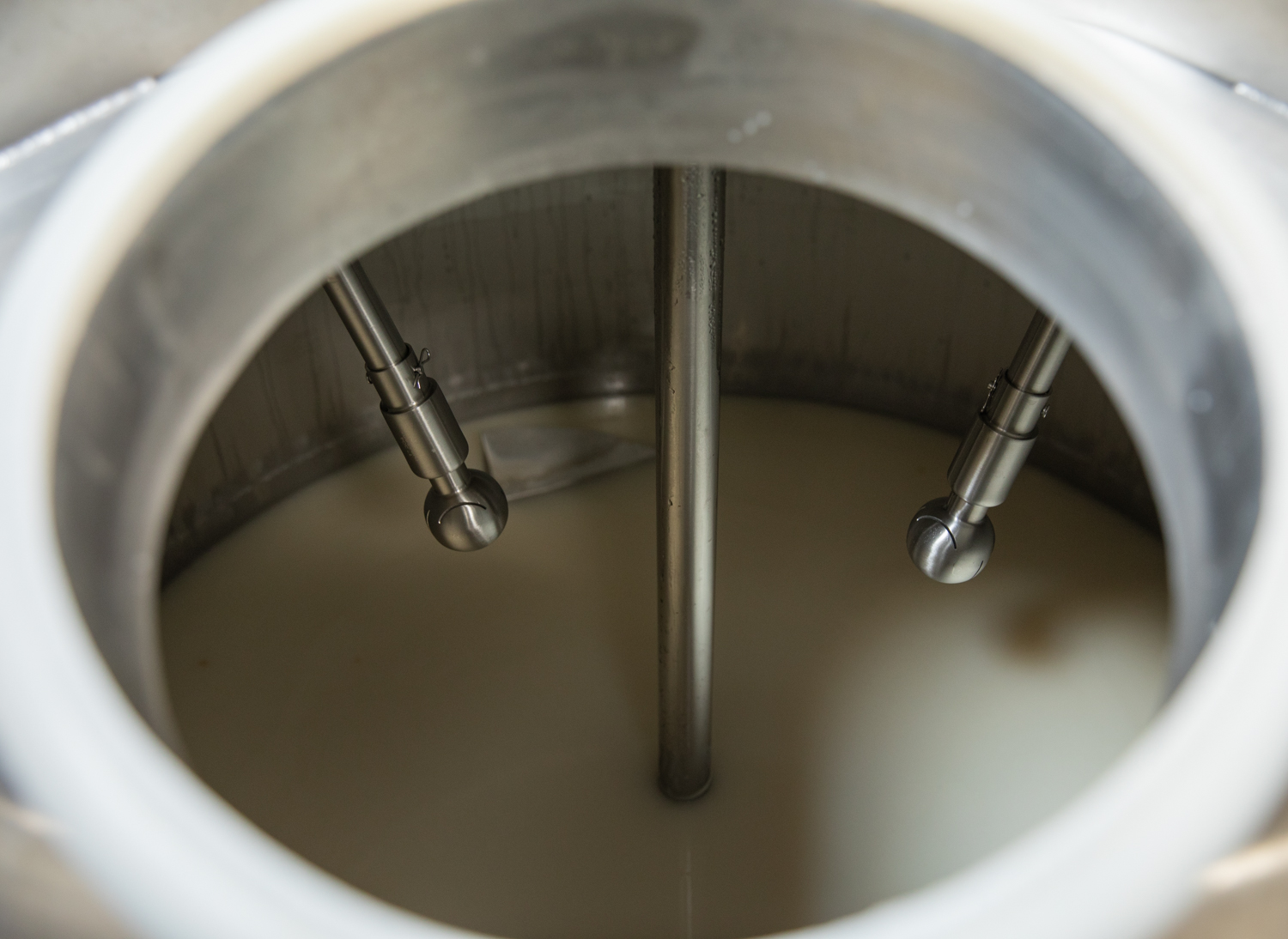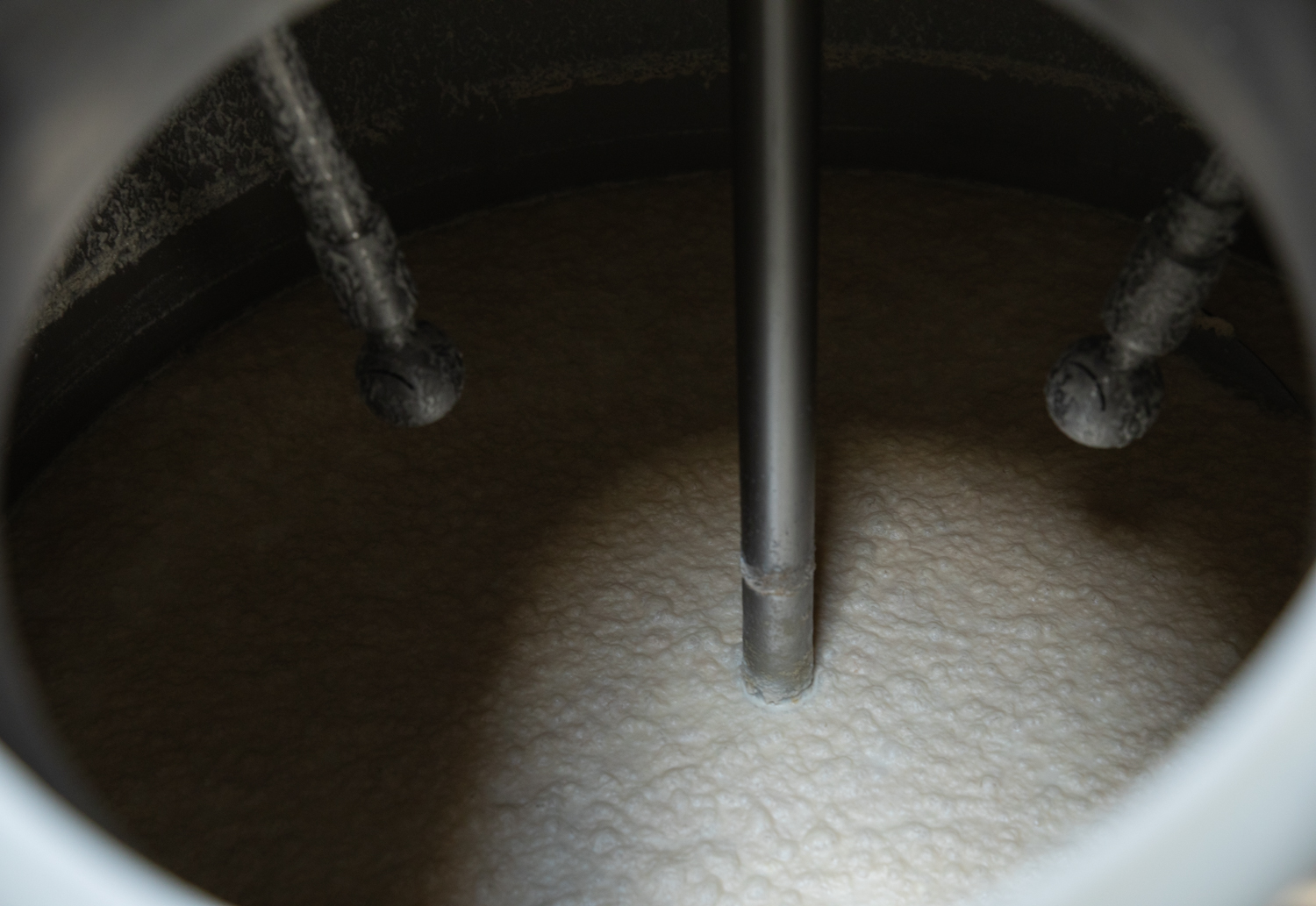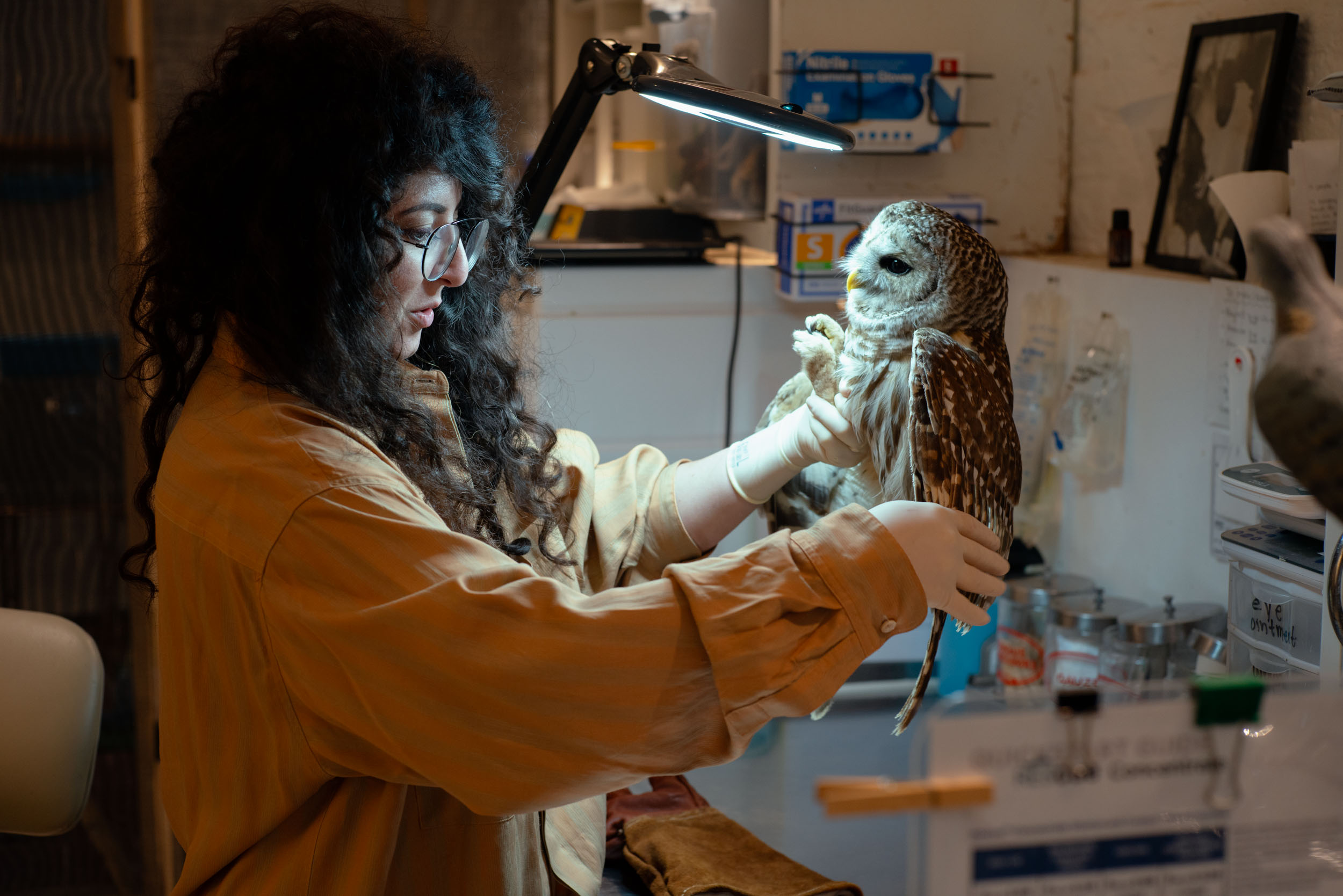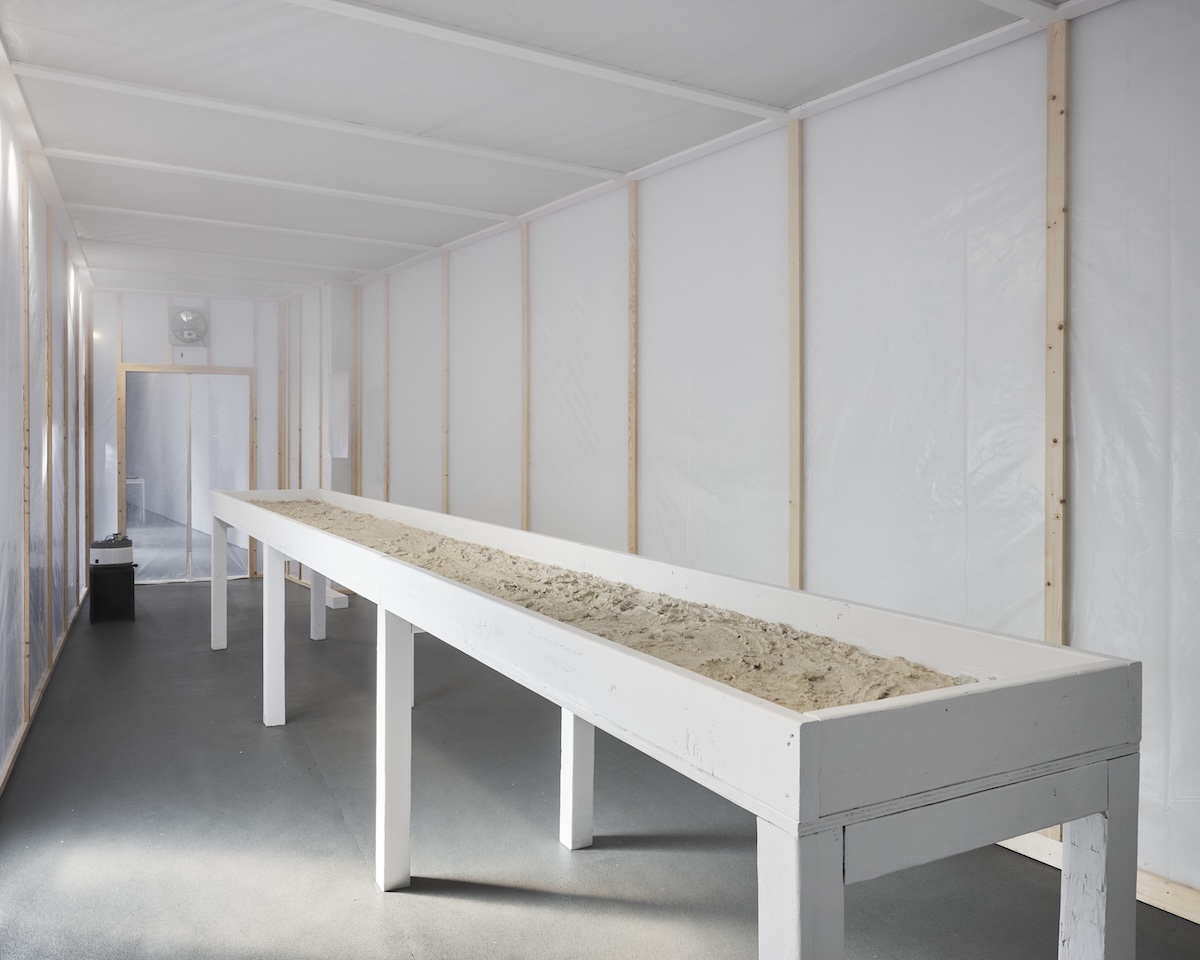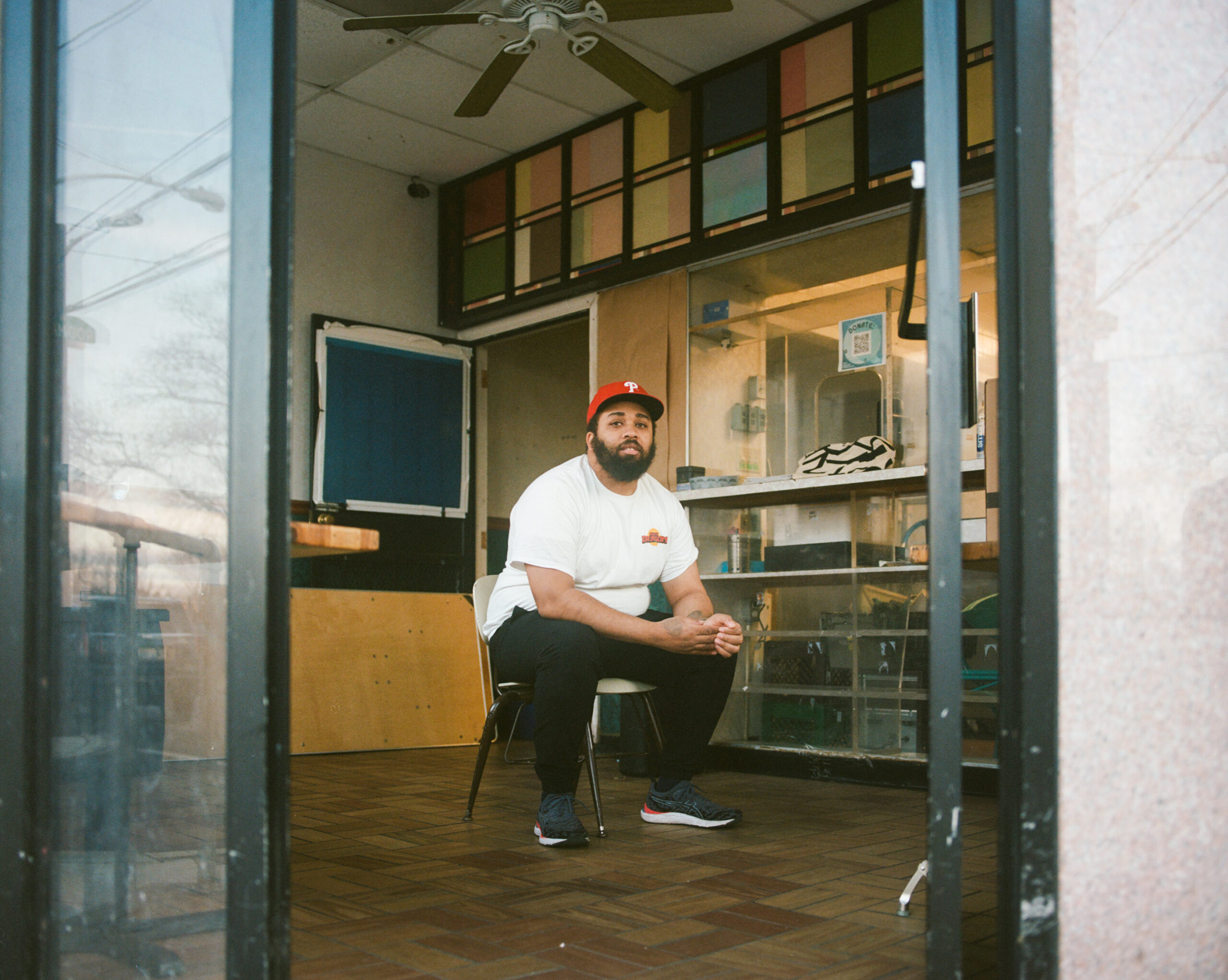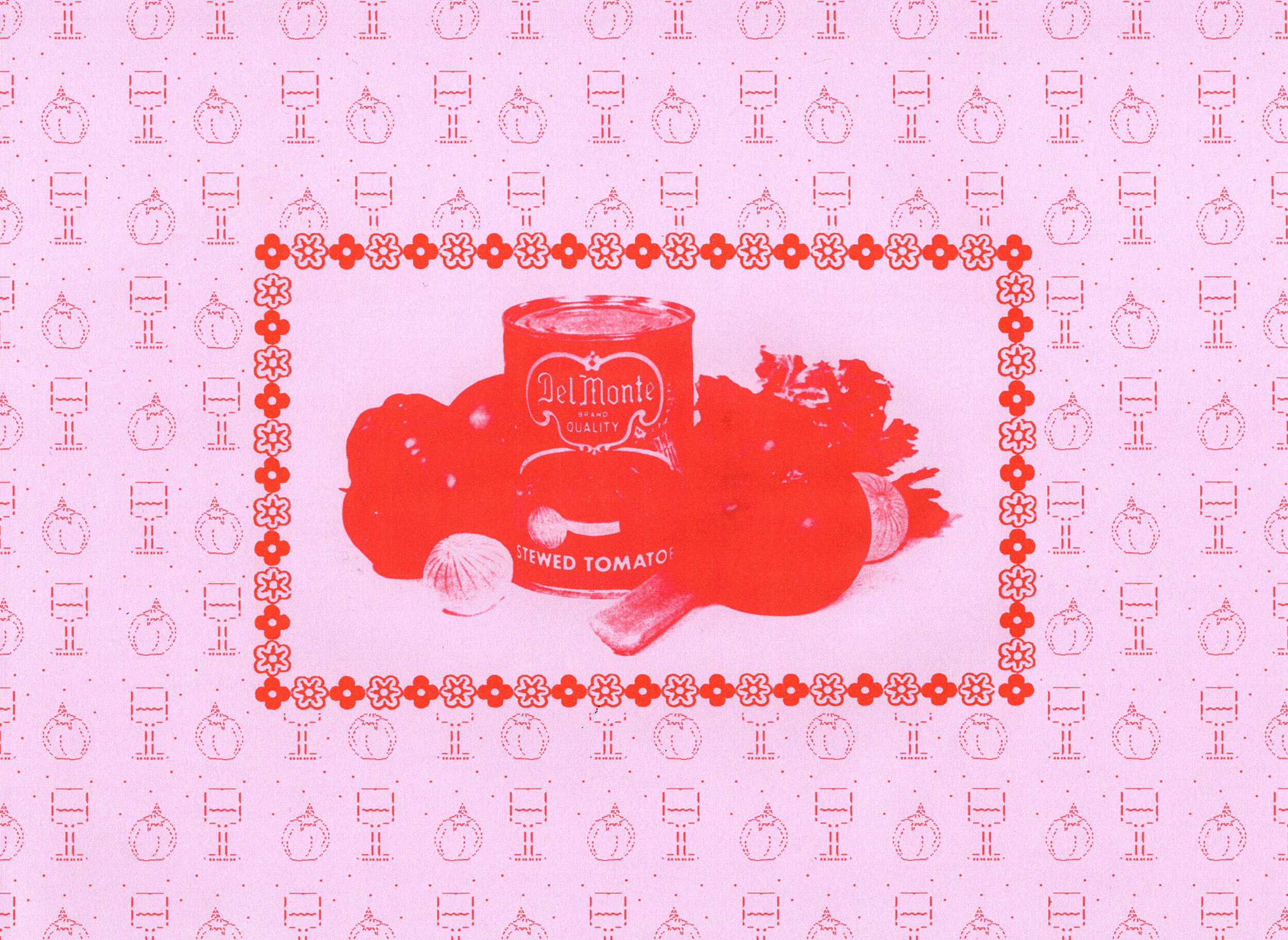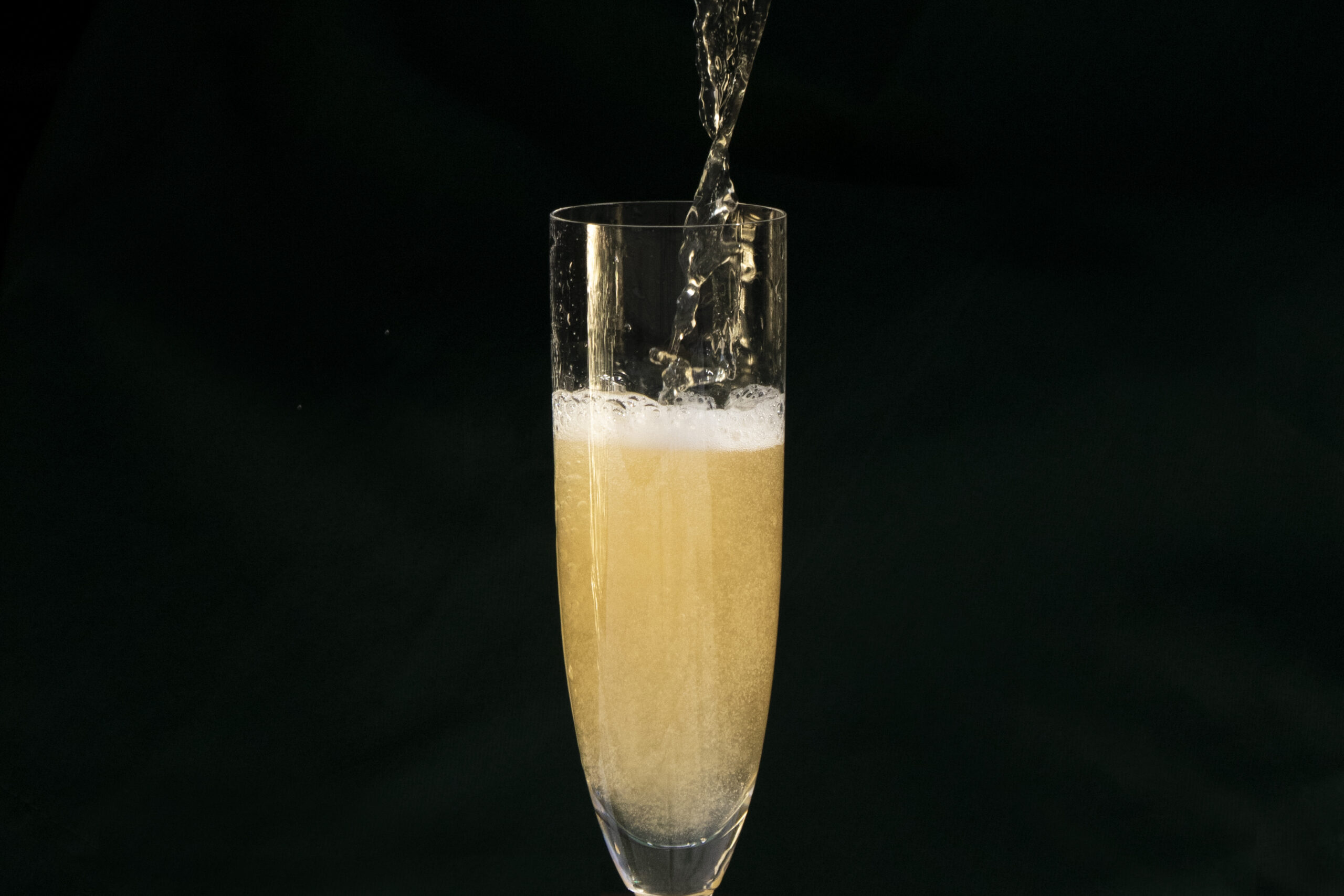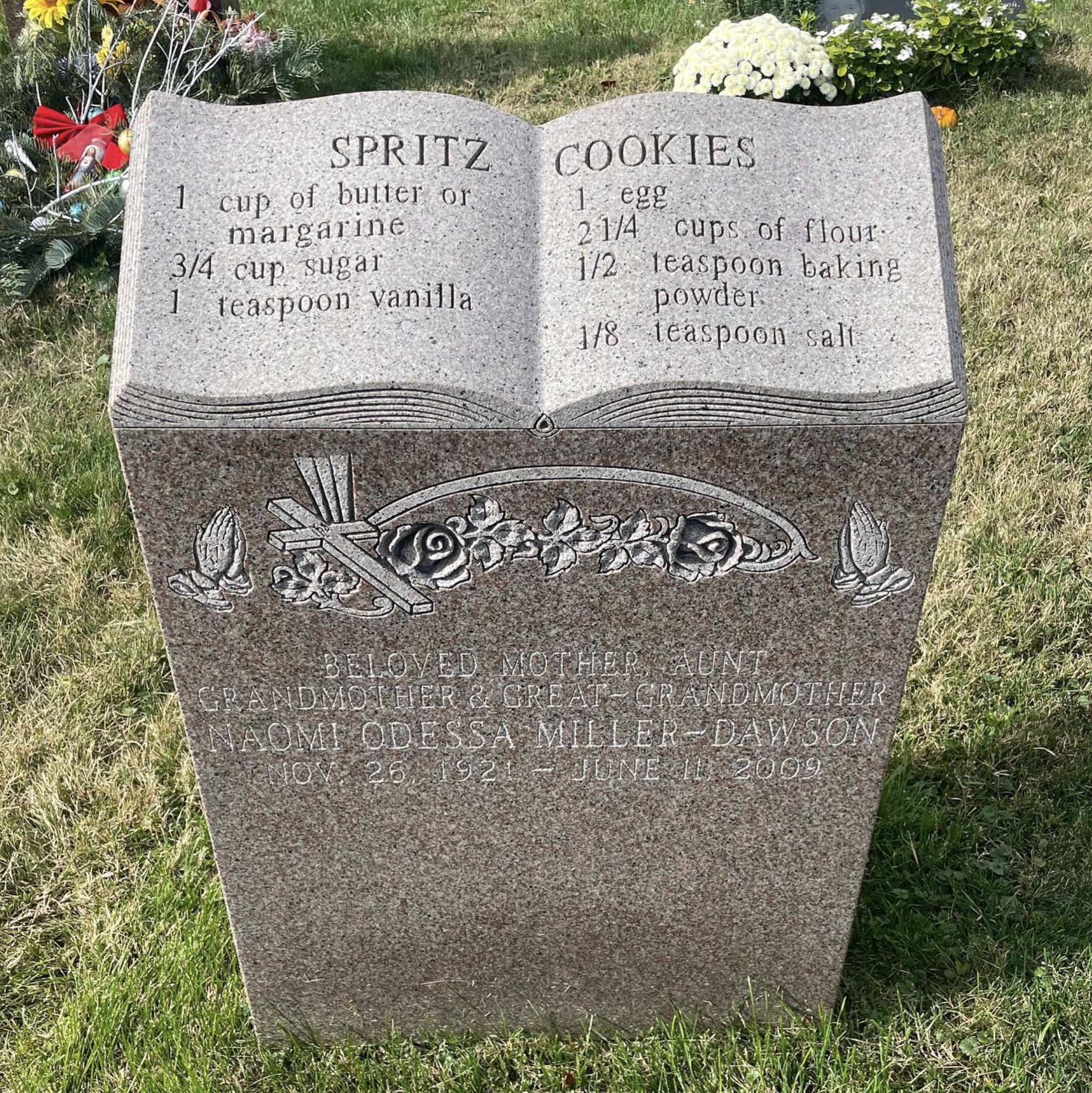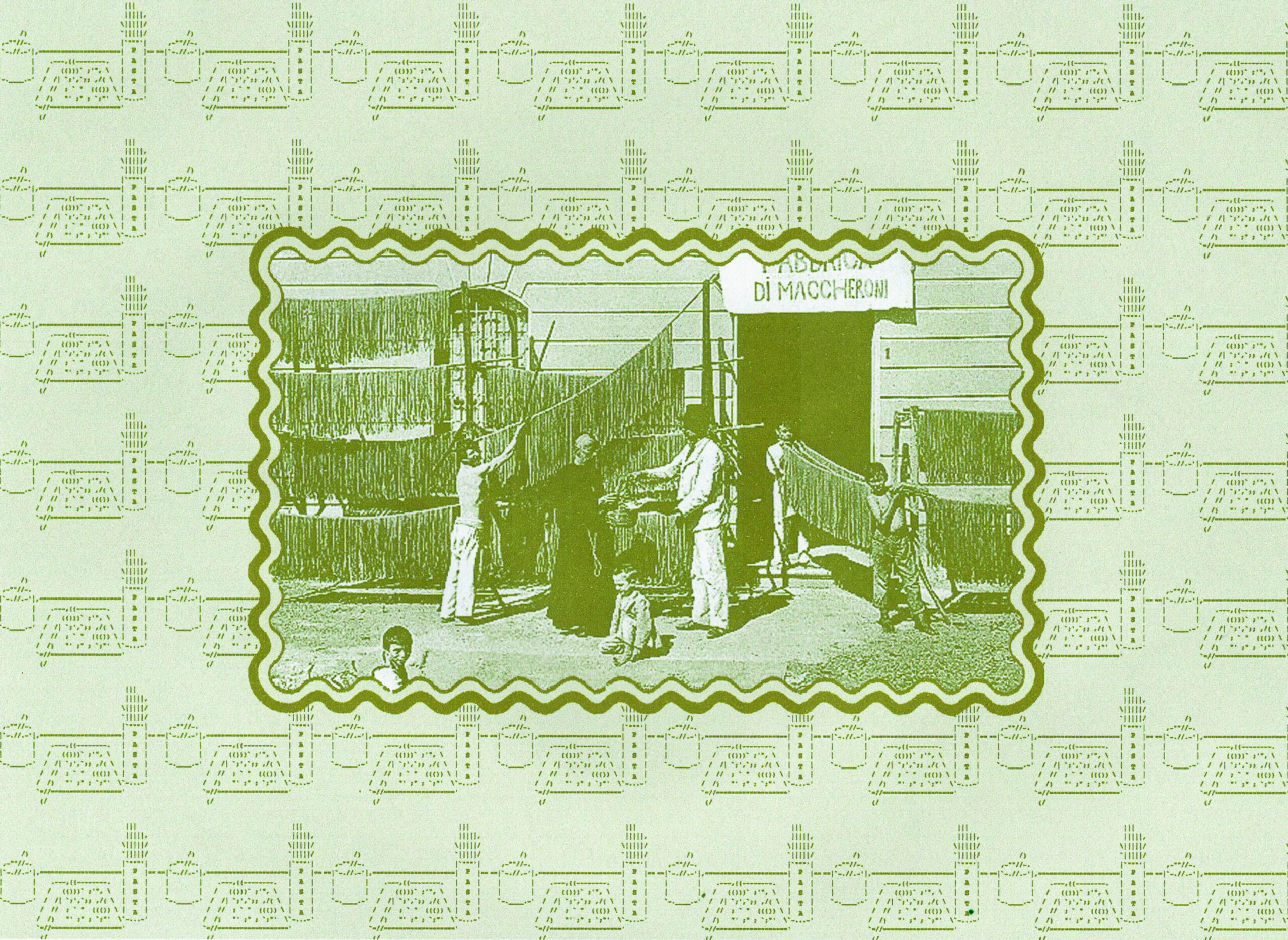Subject to Change is a series about the anarchitecture of New York City foodscapes and the makers that are designing new ways of working.
Sool is a catch-all term for Korean alcoholic beverages, a category that maker Alice Jun, with her business partner John Limb, hopes to carve a uniquely defined space for within the American beverage market. Their brewery and brand, Hana Makgeolli, is a pioneering space for unfiltered, naturally fermented Korean sools. Hana Makgeolli is the container, the onggi1 if you will, of an intergenerational fermentation practice that has been transcribed and kept alive through narration, life-long observation, body movement, and an inherited sense of taste and smell.
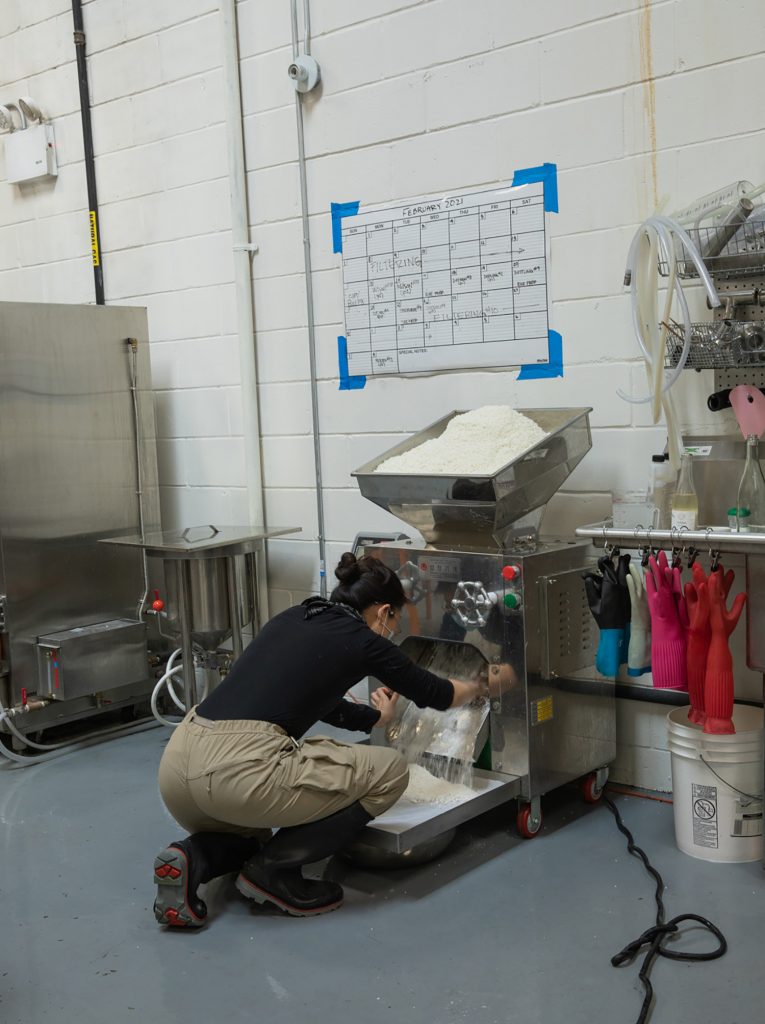
“The history and story around sool and Korean wine making are riddled with distractions.” – Alice Jun, Founder and Brewer at Hana Makgeolli
At Hana, Alice focuses on Takju, also known as makgeolli, made through the samyangju process, which means it is made in a three-step fermentation process. In the case of Hana Makgeolli, the brewers exclusively use four ingredients: medium grain rice, sweet glutinous rice, water, and nuruk, the fermentation starter that defines Korean sools. Takju is just one of the types of rice alcohol made at Hana where all their products are considered jeongtongju, a category of traditional Korean alcohol.
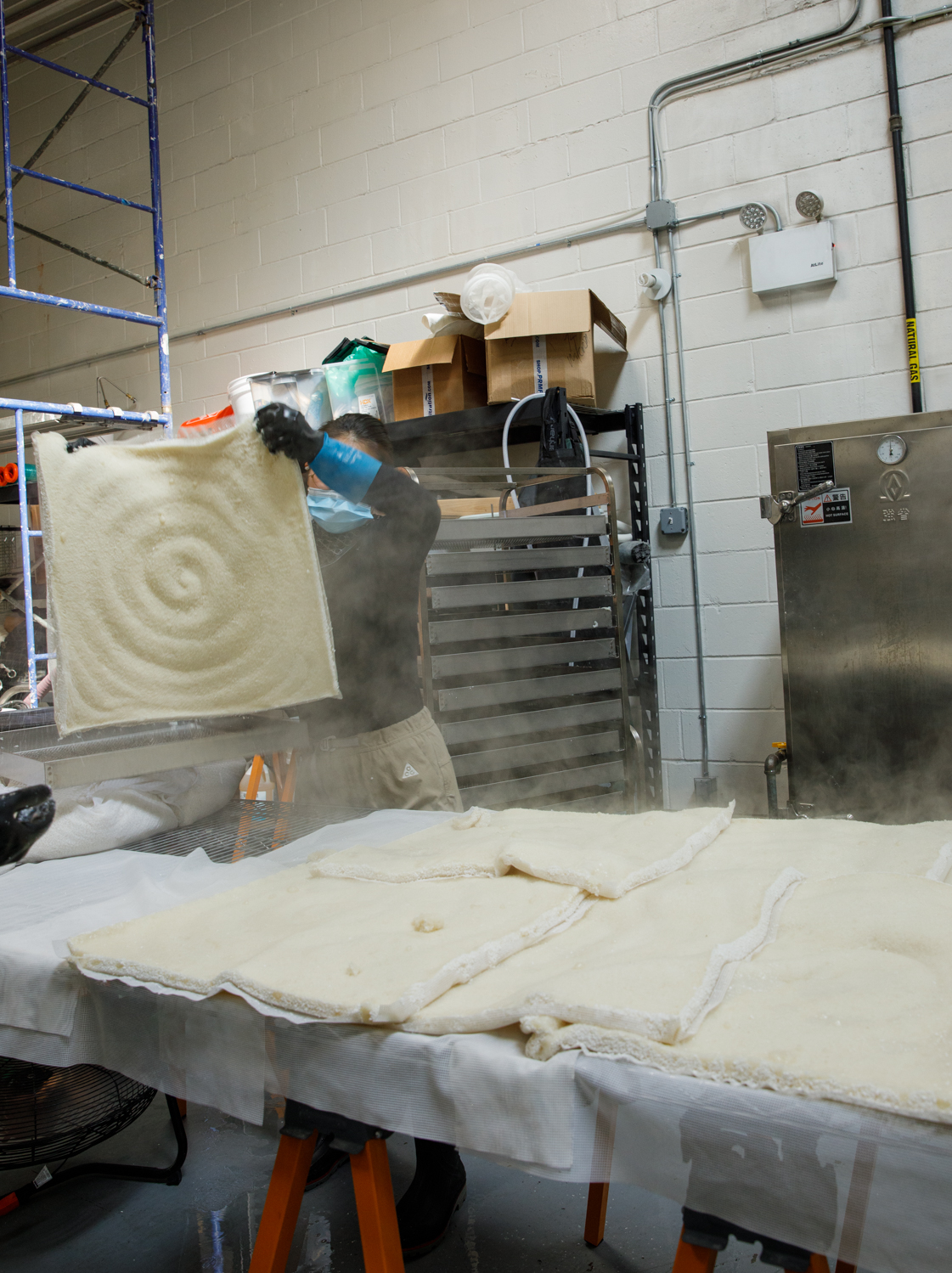
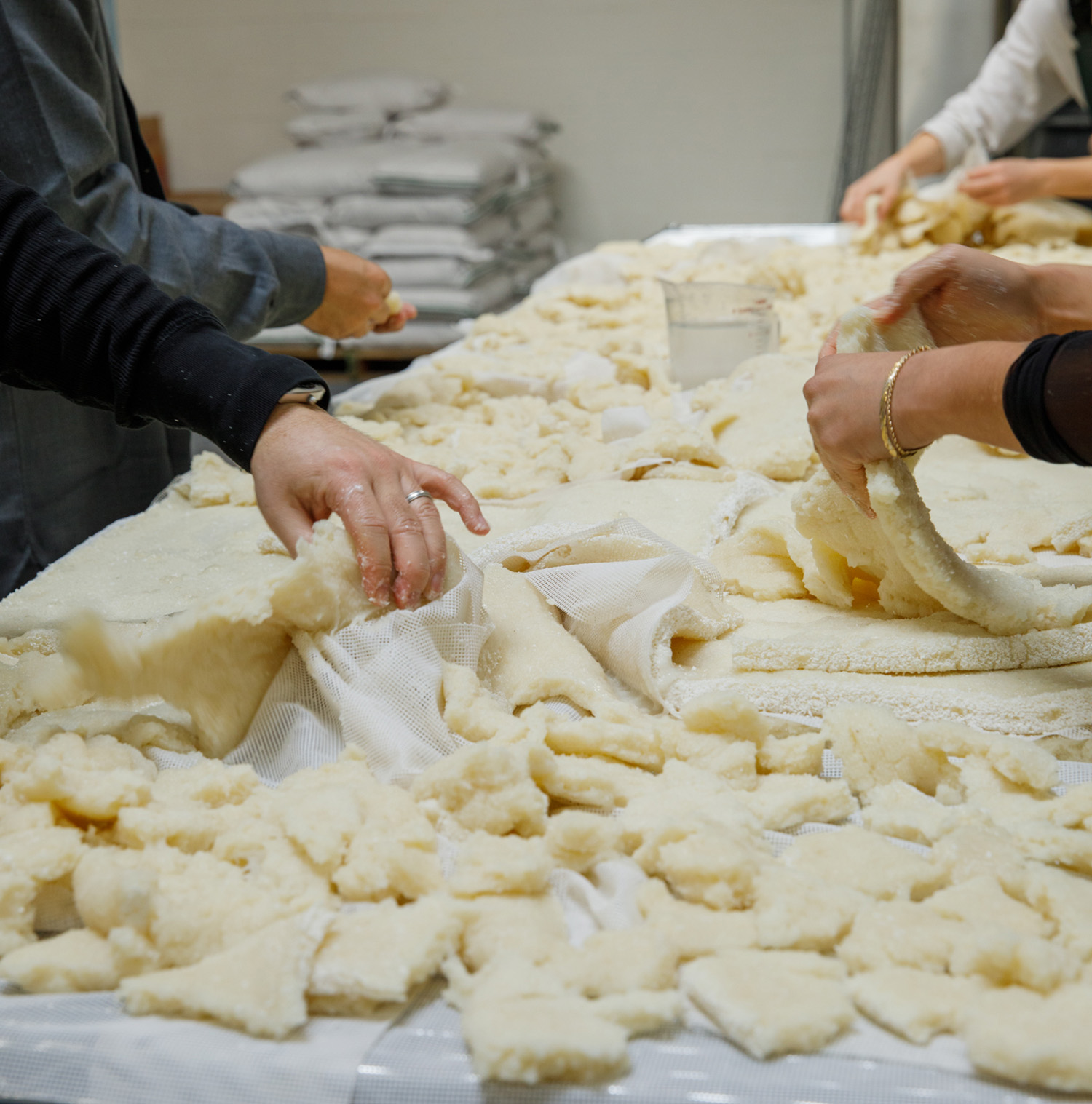
The popular makgeolli brands that are found here in the United States are import products that are not naturally fermented and oftentimes contain additives, stabilizers, artificial flavors, and sweeteners. Alice hopes that their product can begin to convey the breadth of the sool category—opening a pathway to understanding the history and industry that surrounds the viscous beverage. The story of Takju, carefully honed into an emblematic product using a handful of unabashed ingredients, parallels a narrative Alice presents of decades of colonization, war, industrialization, rice rations, a homebrewing ban, and consequently a fight to preserve a centuries old tradition.
British and French occupations of Japan during WWI led to the Japanese rice shortage of 1918, and Japan’s forcible seizure of Korea’s arable land to increase the nation’s rice production by 250 percent in order to supply 98 percent of Japan’s rice imports. The shortage worsened in Korea further into WWII and into the Korean war beginning in 1950, which resulted in widespread grain shortages and famine, and rice rationing policies such as the Grain Management Law of 1950, a governmental effort to stabilize the price of grain prices by controlling consumption and distribution. Farmers suffered from this system. Due to subsequent policies in Korea that banned the usage of rice as well as the homebrewing practice, sool makers dwindled until the brewing bans were lifted in the 1970’s.
“The hardest part about getting this stuff to market is teaching people,” Alice adds, “It’s so important not to dilute the terminology.”
Alice learned how to homebrew makgeolli from her father, a process passed to him by his mother. This was a practice within her home since her youth. Alice recalls a time when her father ventured to brew makgeolli using brown rice, an alternative for the sake of her mother’s health, in order to produce a brew that would be theoretically lower in glucose.
“What resulted was a very unique style of brew,” says Alice. “The makgeolli from my dad that I tried growing up were so different from the ones I tried when I came of age partying in K-town. My dad’s stuff is acidic, strong, and it kind of fucks you up,” Alice recalls of her father’s brew characteristics.
The qualities unique to Alice’s father’s brews are characteristic of natural fermentation and the contribution of wild cultures from a robust nuruk. Natural fermentation of rice alcohols yields a product that is higher in alcohol by volume, and like many natural wines, less sweet, and more acidic. The addition of commercial yeasts and sugar changes the brew completely, and infamously causes the gnarly sugar-related hangover rice alcohols are misrepresented for. Contrastingly, a wild fermentation spurred by nuruk is foundational to the fermentation process and crucial to determining the taste of the Makgeolli. Hana sources their nuruk from Gwangju, a city in South Korea. The nuruk itself is a coarsely ground wheat and barley cake that is pressed and inoculated with the enzymes, bacterias and yeast cultures needed to complete alcohol fermentation. Enzymes in the nuruk cake saccharify the rice starches and the sugar produced in the saccharification process feeds the yeasts present in the ferment to create alcohol and lactic acid. The interaction between the starches, proteins and fats in the unpolished rice and yeast with the lactic acid in the alcohol create esters that give a brew certain fruity notes such as pineapple, melon or banana, in the case of the Takju at Hana.
Understanding the chemistry of fermented sools came later for Alice. Research on sool-making is hard to find, especially outside of Korea, so she heavily relies on her experience with fermentation and learnings from her dad because now she, “can smell if something is wrong or see something is wrong and that is an intuition that you can only be taught if all of the elements are at play.” The elements she speaks to are her cultural practice, repetition, learning from mistakes, and her family. Alice has been homebrewing since 2011 and producing under the Hana brand name since 2015. She describes the brewing process as muscle memory at this point, referring to makgeolli making as a physically strenuous process. Most homebrewers brew in 1-8 gallon batches, which Alice notes is a labor of love that will “break your back.”
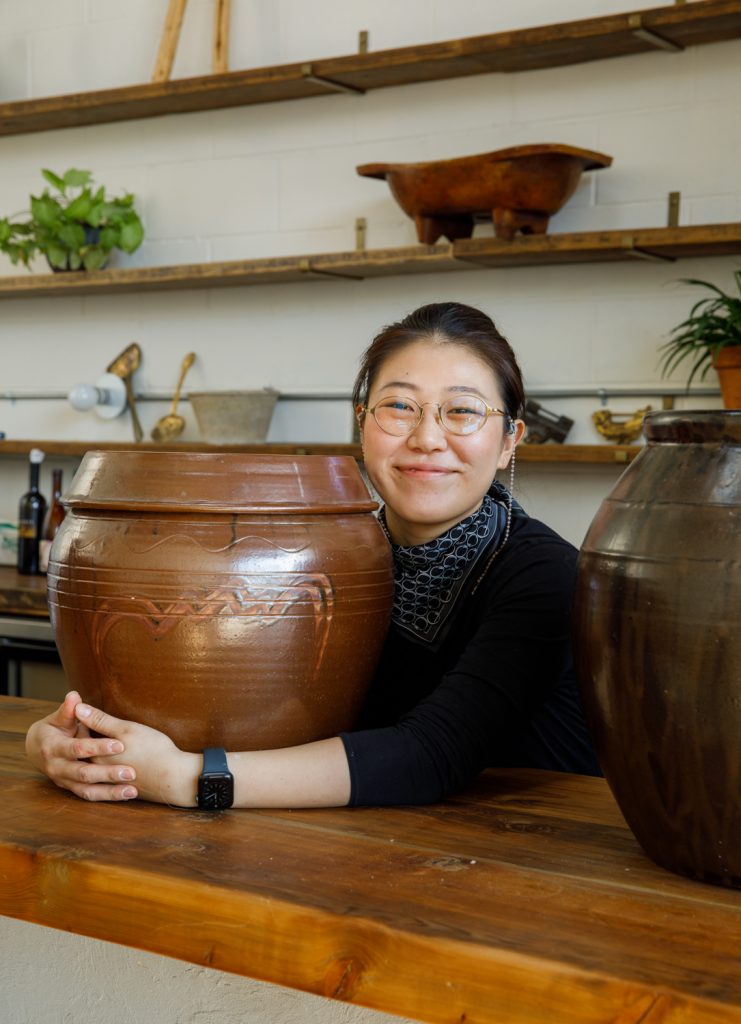
“Understanding the microorganisms that become available in our brew leads us to figuring out how to control the parameters around it to create certain flavor profiles or a certain drinking experience,” Alice expands, commenting on the nostalgia of the milky drink. Alice and John have designed their makgeolli brewery in Greenpoint, Brooklyn from knowledge they had gained studying western brewing methodologies and technologies.
There is no such thing as makgeolli equipment to scale in America. Instead, Hana uses what they can find State-side; stainless steel beer and wine-making equipment. Traditional brewing typically takes place within an onggi, the clay fermentation vessel for traditional sool-making, and can hold between 2-20 gallons. Production at Hana increased 1200 percent from 25 gallon batches to their current production of 300 gallon batches. In any given month, culminating from 2-4 weeks of brewing, Hana will ship up to 3000 bottles of makgeolli nationwide. The production intention and design at Hana delivers a cultural dispersion of remarkable scale and efficiency engendering familial warmth and nostalgia that is characteristic of sool drinking culture, and perhaps one that not only celebrates Korean origins, but also stirs memories across cultural bounds—makgeolli has been said to be reminiscent of Mexican horchata, Indian lassi, and Filipinx tapuey.
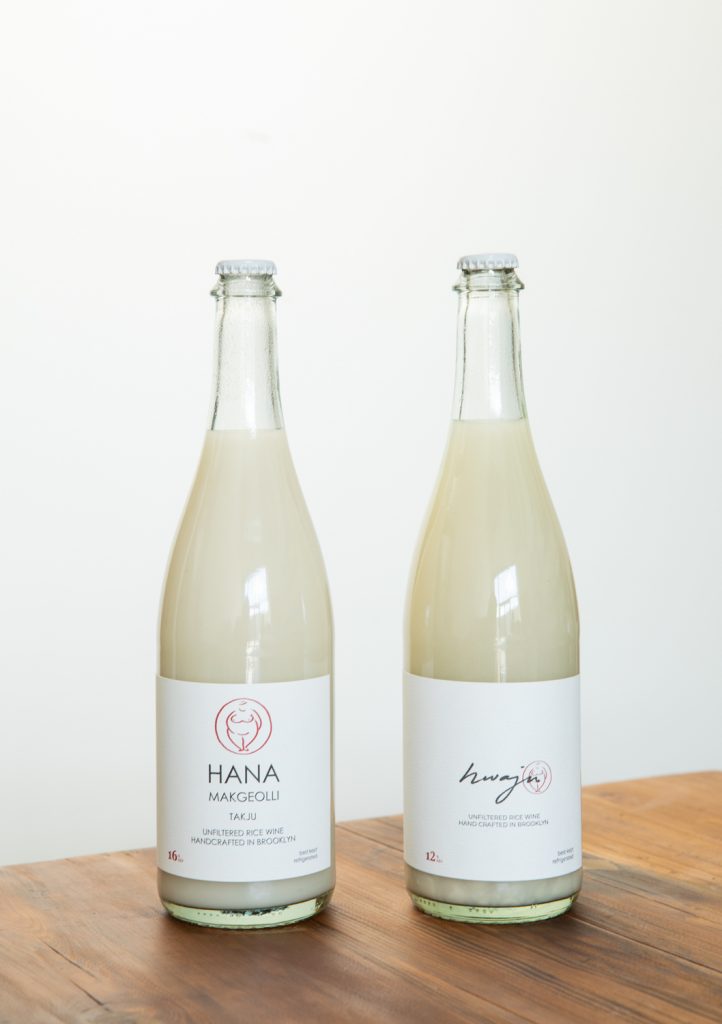
The kind of craft control at Hana Makgeolli is one that is honed with great intention, a syncretic centering of a hyphenated experience in order to ceremonialize ancient practice, respect culture, while expanding and exploring futurity and innovation. This preservatory form of making is a method of intergenerational cultivation that has sustained and continues to sustain timeless lessons of primordial cultures archived by the microbial community that connects us to community-care practices. A symbiosis of nourishment within and without the body is shared among local communities by celebrating the tenacity of cultural treasures. Hana Makgeolli catalyzes microbiotic culture that facilitates movement between gastronomic domains expanding our expectations of ways of sharing food and drink.
